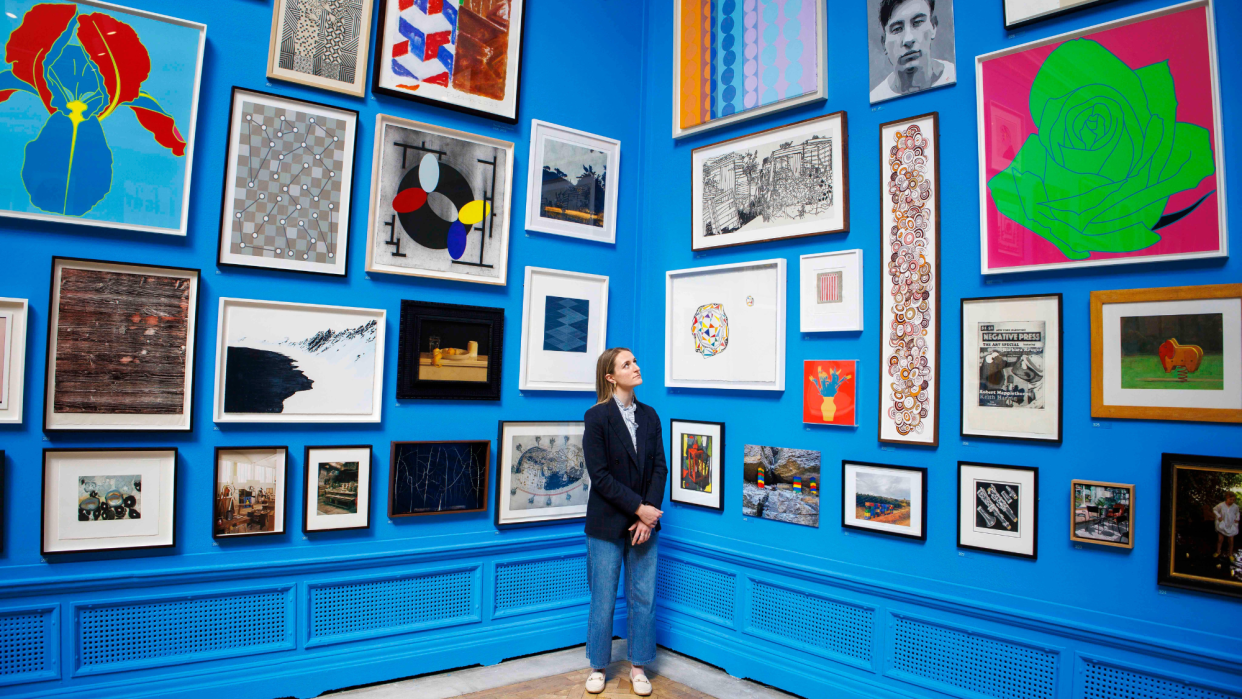Royal Academy Summer Exhibition: 'wonderfully diverse' art

The Royal Academy's annual Summer Exhibition is an event of "maddening incoherence", but it usually also has its charms, said Alastair Sooke in The Daily Telegraph. This latest iteration, its 256th, has been overseen by the sculptor Ann Christopher, and sticks closely to the familiar template: as ever, submissions from the public are mixed in cheek-by- jowl with works by members of the Academy, each of whom has the right to exhibit up to six pieces; its 1,710 works include paintings, sculptures, photographs – all for sale – and a room devoted to architecture.
'Wan landscapes' and 'puffy clouds'
Yet where some recent Summer Exhibitions have at least suggested a degree of quality control on the part of their curators, I'm sad to report that this one is "a heap of tedious, shambling parochialism and humdrum bilge". While there are some spirited submissions from amateur artists, even normally dependable professional artists seem to be operating on autopilot: Grayson Perry, for instance, seems to "cringe at being involved", while the usually excellent Hurvin Anderson offers just two "tiny, half- baked monochrome studies".
It is "a miserable garden party of vapid good taste", said Jonathan Jones in The Guardian. There are enough "wan landscapes" here "to fill an actual field", most with the same "puffy clouds" and "neat gardens". Depictions of "pampered dogs and cats" are everywhere.
'Wonderfully diverse'
Yet amid the volumes of "dross", a "few decent works crop up as if by accident". Georg Baselitz, Rose Wylie, Sean Scully and Frank Bowling all provide "typically strong entries". Most striking is Anselm Kiefer's "colossal woodcut of sunflowers with black centres", a series of "nightmare blooms" that "penetrate your imagination like ghosts on a battlefield sprouting from dead soldiers' bones".
The real highlight is the architecture gallery, said Oliver Wainwright in the same paper. The usual collection of "little model buildings" and drawings has been transformed by the Turner Prize-winning Assemble collective. They have put together "a wonderfully diverse" room celebrating the specialists that "realise architects' visions" – taking in everything from beautiful mosaic panels to an "immaculate scale model of a wooden staircase".
Royal Academy, London W1. Until 18 August

